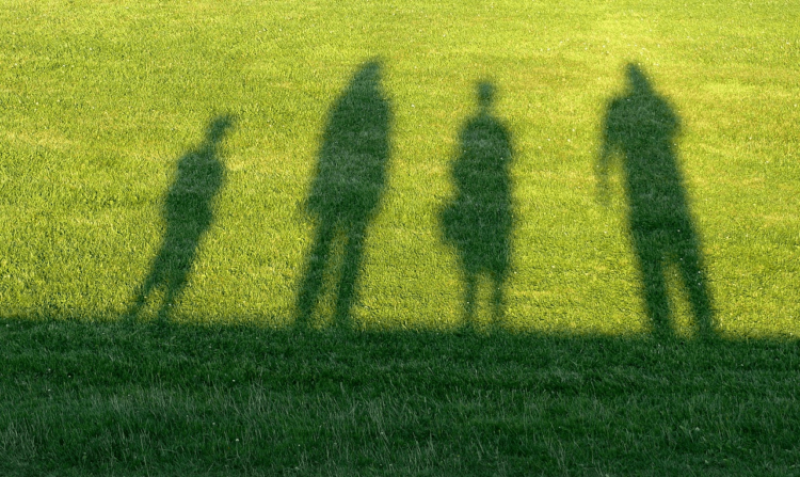What’s the maximum number of parents an organism can have? Some animals can have up to three genetic parents, plants can have at least three, and bacteria can have multitudes.
Humans and most other animals reproduce sexually. A sperm cell from one parent and an egg cell from another combine their DNA to create a new cell. That cell then divides again and again as it becomes a new individual.
In very rare cases, a human could inherit genetic material from three parents in total — from two sperm cells and one egg, or from two eggs and one sperm. The latter happens through a procedure called mitochondrial replacement therapy. Most DNA is stored in the cell’s nucleus. But in egg cells, some DNA is also stored in a part of the cell called the mitochondria. When mitochondrial DNA is damaged, it can result in infertility or serious muscular and neurological diseases in children.
But can plants have more than three parents? “I think it’s possible,” Grossniklaus said, “but you would need some kind of mutation.” Plant sperm in pollen reach eggs in flowers via pollen tubes; most eggs have only one tube, but some have two. To get more than three parents, Grossniklaus hypothesized, a plant would need to acquire genetic mutations to produce more tubes. That may be happening in other species, but if so, it has not been studied.































